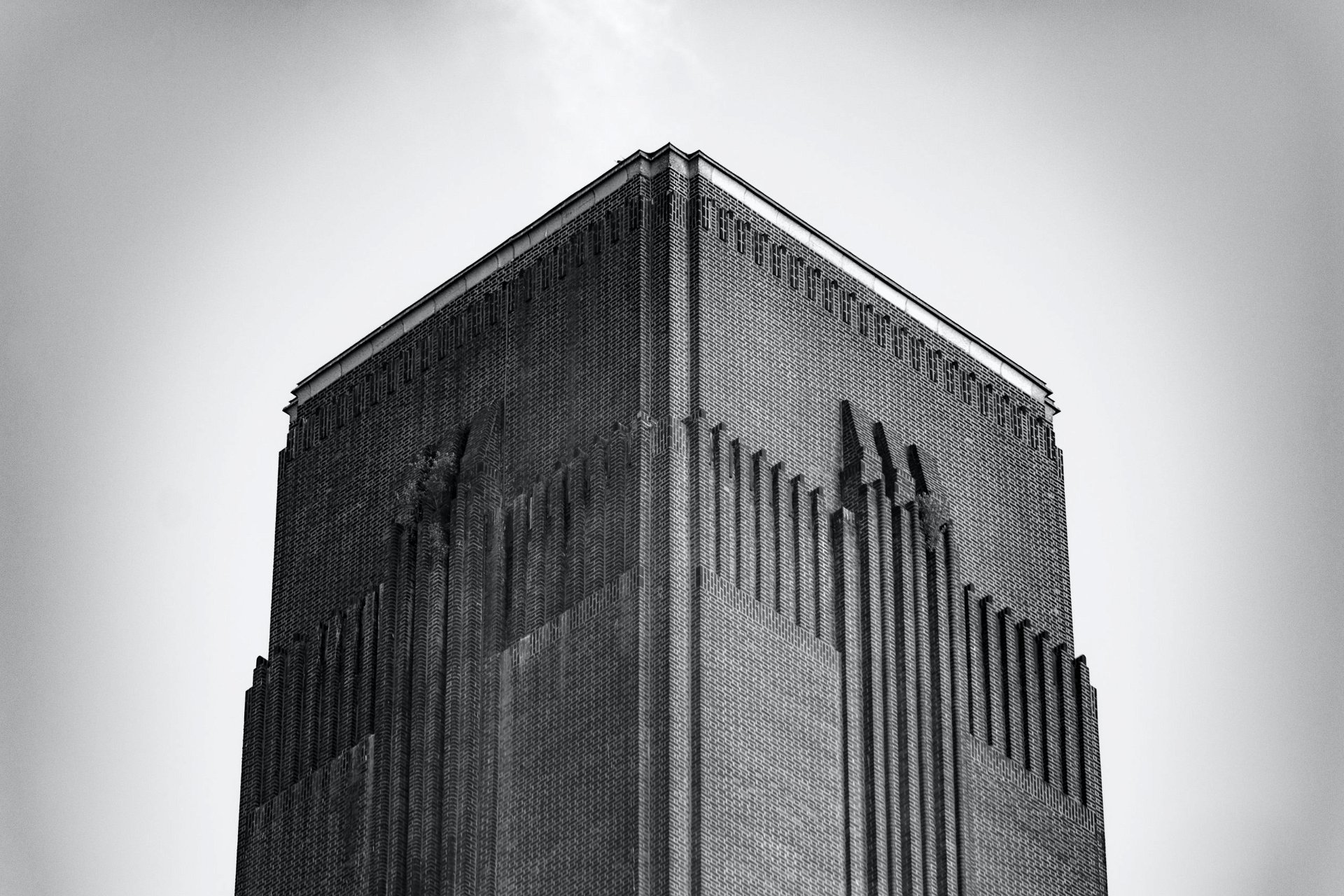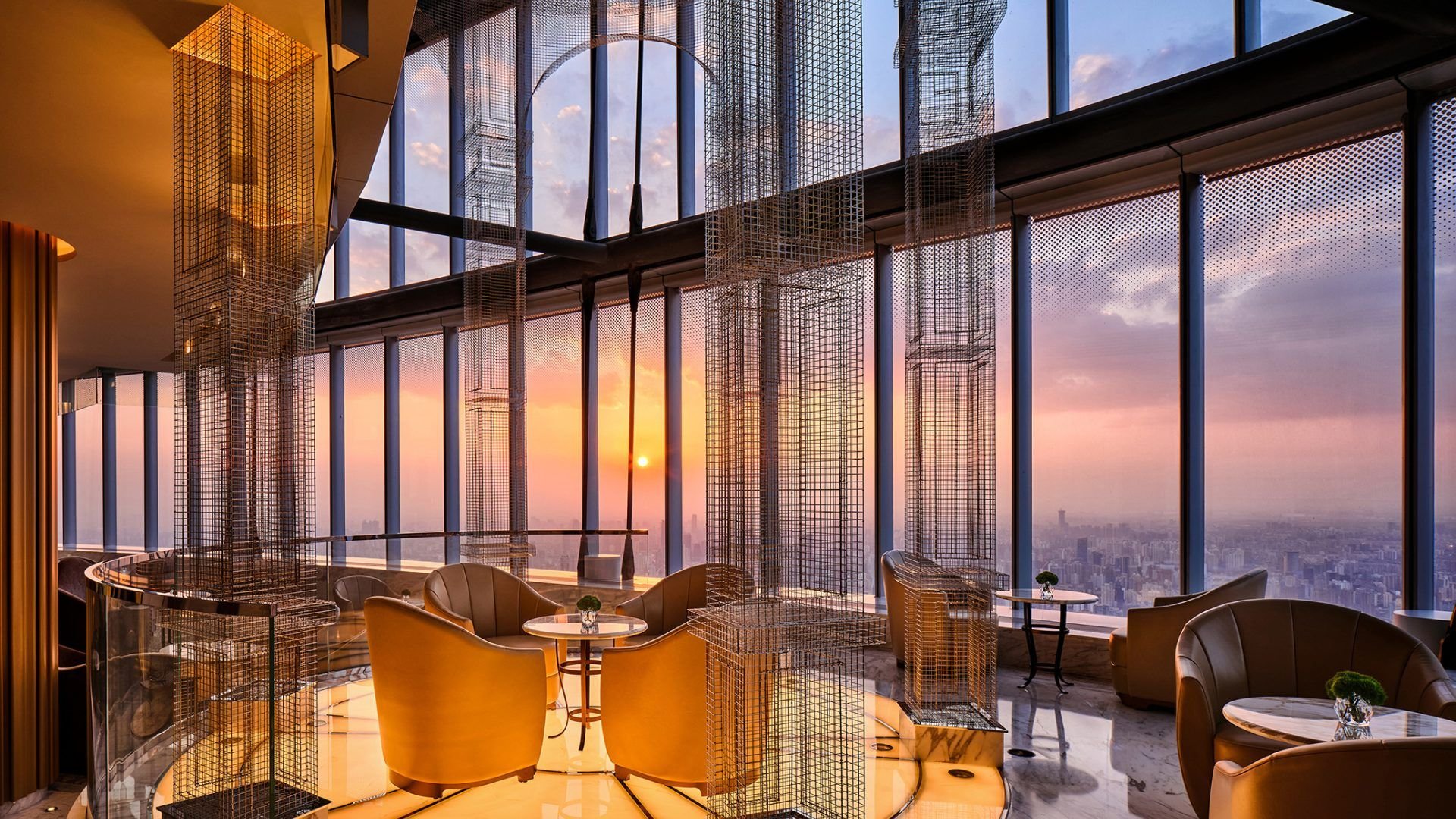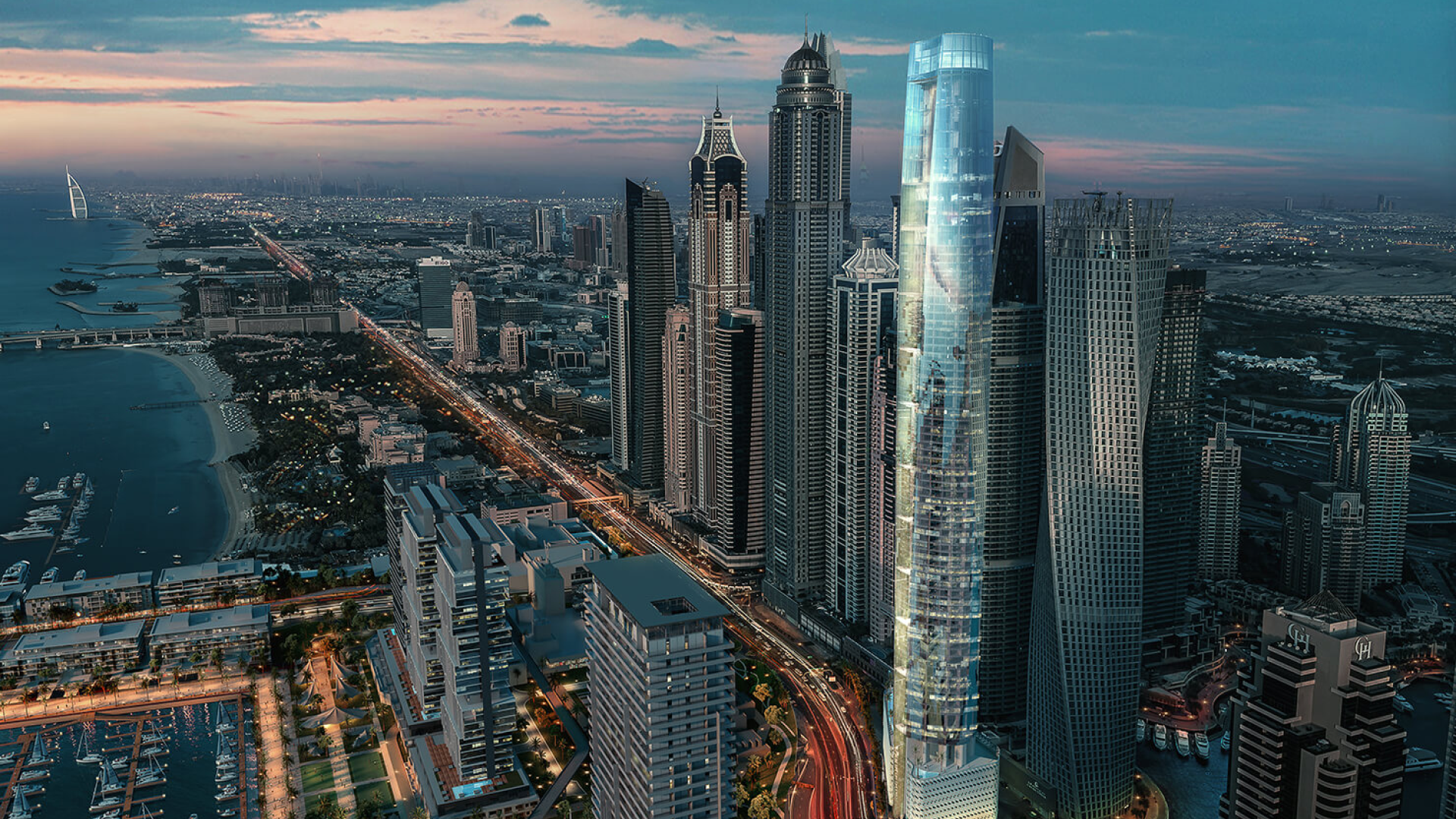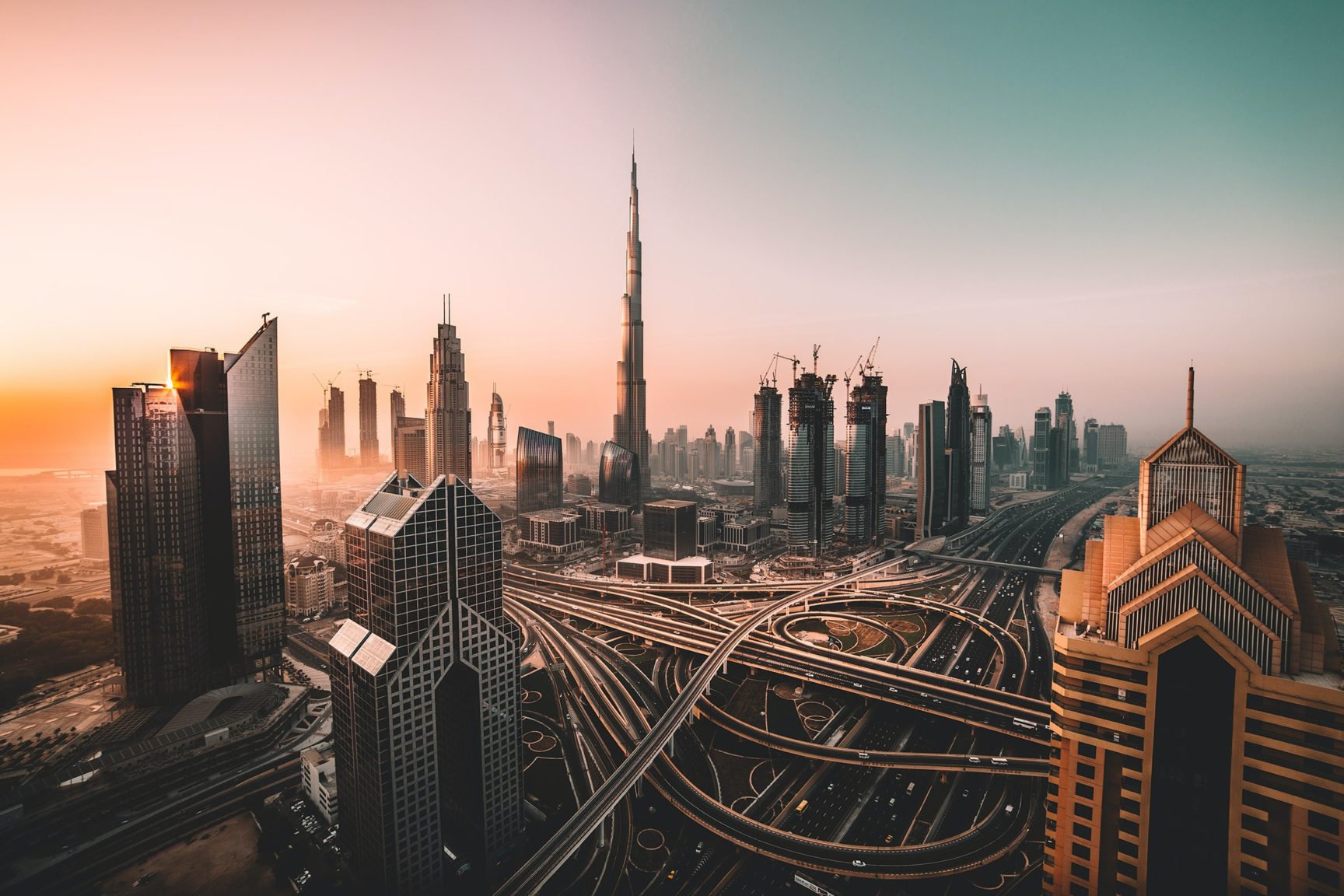Skyscrapers or even hotels in skyscrapers are not a novel concept anymore, but imagine time traveling to the beginning of it all. You go back to 1848 to see industrial architecture in Great Britain. As you stand there in Victorian attire, in the trance of the Tate Modern in front of you, you let it slip that in about one and a half centuries, there will be a 10-storey extension of the building that has tilted walls. An unprecedented gentleman loses his wits and bombards you with questions, while the others walk away thinking you are a loon.

Little do those folk know that a few decades from then, say in the late 1890s, this vision wouldn’t be as appalling. Even if they came to know there would be more than 100 floors in a building, they would be curious, but it wouldn’t be as far-fetched a fantasy.
That would be thanks to three people. The first was Thomas Bessner, who invented the first process to mass-produce steel inexpensively in 1855; the second would be Elisha Otis, who introduced the safety elevator in 1852. The third George A. Fuller erected the Tacoma Building in 1889, the first structure ever built where the outside walls did not carry the weight of the building.
Cut to 2022, where skyscrapers are quickly rising, and the urban development of a city is subject to its skyline. Interestingly, there is no technical definition for the term ‘skyscraper’. How would you define something whose determining characters, height and purpose, are constantly changing parameters?
Originally, skyscrapers served a single purpose or entity, mostly built for commercial objectives. The first skyscraper was the ten-storey-high Home Insurance Building in Chicago. With time, residences began seeping into the structures since mass housing was cheaper. These high-rise buildings were crucial to development. They were an innovation that helped save land area so that a network of roads could be built wide enough for trucks and facilitated proficient transportation, which helped speed development.
By Chicago Architectural Photographing Company – This image is available from the United States Library of Congress & National Digital Library Programunder the digital ID mhsalad.250058.This tag does not indicate the copyright status of the attached work. A normal copyright tag is still required. See Commons:Licensing for more information., Public Domain, https://commons.wikimedia.org/w/index.php?curid=275418
As technology grew, innovation caught wind, buildings became taller and began being shared by multiple entities. But hotels, how do they fit in the picture? Sure, hotels in skyscrapers have the advantage of having a panoramic view of a city’s skyline; offering them to the public could be an attraction for governments always looking for leverage from tourism. In the case of Burj Khalifa, simply the novelty of staying in the tallest building in the world could work, or in the case of Marina Bay Sands in Singapore, its design could be appealing.
But that couldn’t be it; after all, skyscrapers were a concept dedicated to function, not fun, and tourism cannot sustain the management of a skyscraper all year long. Of the 50 tallest buildings in the world, 24 have hotels in them, and six—namely Burj Khalifa in Dubai, Shanghai Tower, Makkah Royal Clock Tower, Lotte World Tower in Seoul, Guangzhou CTF Finance Center and Tianjin CTF Finance Center—of them appear in the top ten. The reason couldn’t just be ‘views’. It’s to do with added revenue. Hotels are an added incentive to both offices and residences.

Courtesy: (From left to right) Irina Iriser, Unsplash; Abdulaziz Asiri, Pexels; Thomas Drouault, Unsplash; User: BD2412, Commons Wikimedia; @parlonscoree, Unsplash; @sambalye, Unsplash
Having a property in a skyscraper is a status symbol. It’s the ultimate form of luxury and a stamp of prosperity and stability. People having offices and residences are prone to entertaining clients and guests. In such a situation, offering extra accommodation whose hospitality is at par with the business or person’s standards is a perfect pitch. Although not as quantifiable, you can see its effect in current times.
For instance, the Armani Hotel in Burj Khalifa occupies 1-8 floors, and floors 9-16 accommodate Armani residences, making an equally glitzy option available for the guests in the closest vicinity. For events and gatherings, an in-house hotel is a convenient option. Vice versa, in case there is an overflow in hotel guests, they can be accommodated in the residences. There also exists an entire section, floors 112 to 154, dedicated to corporate suites in the tower, making it apparent that most of the visitors to the Burj have a business on their minds.

Even inside these skyscrapers, the emphasis on delivering an arrival experience has increased. Along with clearing check-in traffic on the lower floors and giving way to retail establishments, sky lobbies are a great way to welcome visitors and wow them with views. Consider the case of the Shanghai Tower, where the sky lobbies are on the 22nd, 37th, 52nd and 68th floors, which are transfer floors, making even simply changing elevators significant. Double curtain walls divide each lobby into three sky gardens ensuring visitors have an unforgettable experience.

Worldwide more and more skyscrapers are beginning to accommodate hotels on their floors. Of the 56 properties the hospitality giant Four Seasons has under it in North and South America, around 20 are high-rise hotels. In February, Melbourne property developer, Beulah, announced that Four Seasons Hotels and Resorts is to manage the hotel within its new AUD 2.7 billion development, STH BNK by Beulah. Even projects upcoming by the company in 2022, Fort Lauderdale in Florida, and another one in Nashville will be seen defining skylines.

Set to open in the first half of 2024, the Ciel tower in Dubai measures up to a height of 365m surpassing the current tallest hotel in the world, Genova Hotel, by 9 meters. This is proof enough that the tie between hotels and skyscrapers is one that’s here to stay. It’s a budding connection that will keep raising the standards of corporate and hospitality design simultaneously. You might even say for hotels in skyscrapers, the sky’s the limit!
Article info
Article:
Date added:
8 September, 2022







